We’re delighted to offer a selection of latest releases from our core subjects of Anthropology, Applied Anthropology, Film Studies, Gender Studies, History, and Media Studies, along with our New in Paperback titles.
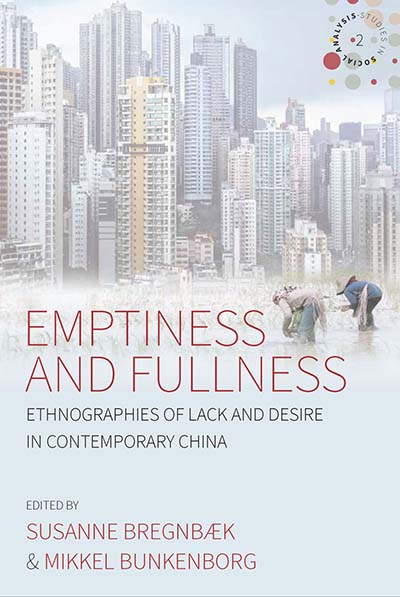 EMPTINESS AND FULLNESS
EMPTINESS AND FULLNESS
Ethnographies of Lack and Desire in Contemporary China
Edited by Susanne Bregnbæk and Mikkel Bunkenborg
Volume 2, Studies in Social Analysis
As critical voices question the quality, authenticity, and value of people, goods, and words in post-Mao China, accusations of emptiness render things open to new investments of meaning, substance, and value. Exploring the production of lack and desire through fine-grained ethnography, this volume examines how diagnoses of emptiness operate in a range of very different domains in contemporary China: In the ostensibly meritocratic exam system and the rhetoric of officials, in underground churches, housing bubbles, and nationalist fantasies, in bodies possessed by spirits and evaluations of jade, there is a pervasive concern with states of lack and emptiness and the contributions suggest that this play of emptiness and fullness is crucial to ongoing constructions of quality, value, and subjectivity in China.
Read Introduction
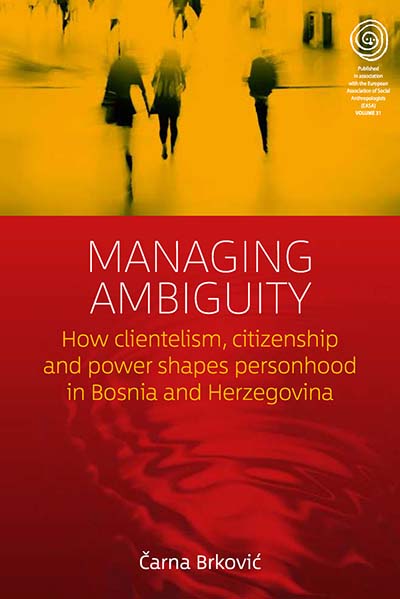 MANAGING AMBIGUITY
MANAGING AMBIGUITY
How Clientelism, Citizenship, and Power Shape Personhood in Bosnia and Herzegovina
Čarna Brković
Volume 31, EASA Series
Why do people turn to personal connections to get things done? Exploring the role of favors in social welfare systems in postwar, postsocialist Bosnia and Herzegovina, this volume provides a new theoretical angle on links between ambiguity and power. It demonstrates that favors were not an instrumental tactic of survival, nor a way to reproduce oneself as a moral person. Instead, favors enabled the insertion of personal compassion into the heart of the organization of welfare.
Managing Ambiguity follows how neoliberal insistence on local community, flexibility, and self-responsibility was translated into clientelist modes of relating and back, and how this fostered a specific mode of power.
Read Introduction
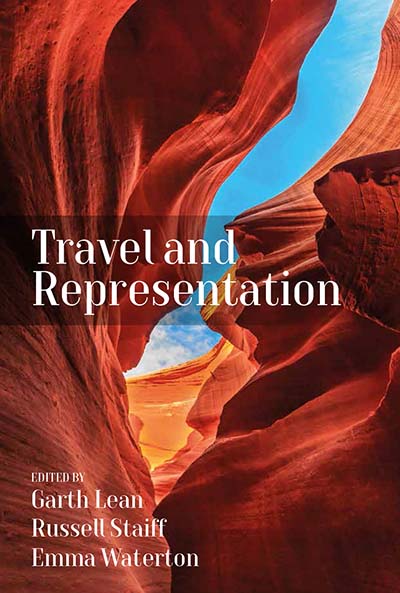 TRAVEL AND REPRESENTATION
TRAVEL AND REPRESENTATION
Edited by Garth Lean, Russell Staiff, and Emma Waterton
Travel and Representation is a timely volume of essays that explores and re-examines the various convergences between literature, art, photography, television, cinema and travel. The essays do so in a way that appreciates the entanglement of representations and travel at a juncture in theoretical work that recognizes the limits of representation, things that lie outside of representation and the continuing power of representation. The emphasis is on the myriad ways travelers/scholars employ representation in their writing/analyses as they re-think the intersections between travelers, fields of representation, imagination, emotions and corporeal experiences in the past, the present and the future.
Read Introduction : Travel and Representation: Past, Present, Future
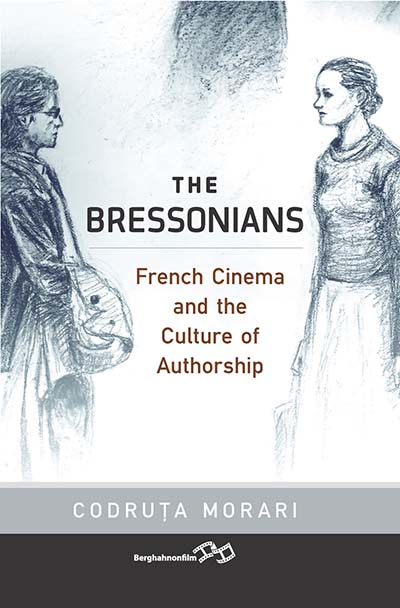 THE BRESSONIANS
THE BRESSONIANS
French Cinema and the Culture of Authorship
Codruţa Morari
How should we understand film authorship in an era when the idea of the solitary and sovereign auteur has come under attack, with critics proclaiming the death of the author and the end of cinema? The Bressonians provides an answer in the form of a strikingly original study of Bresson and his influence on the work of filmmakers Jean Eustache and Maurice Pialat. Extending the discourse of authorship beyond the idea of a singular visionary, it explores how the imperatives of excellence function within cinema’s pluralistic community. Bresson’s example offered both an artistic legacy and a creative burden within which filmmakers reckoned in different, often arduous, and altogether compelling ways.
Read Introduction
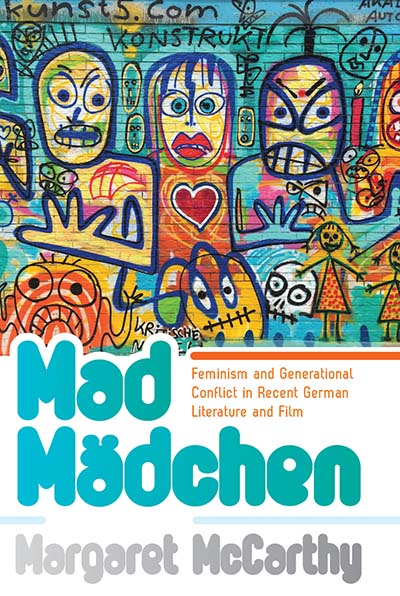 MAD MÄDCHEN
MAD MÄDCHEN
Feminism and Generational Conflict in Recent German Literature and Film
Margaret McCarthy
The last two decades have been transformational, often discordant ones for German feminism, as a new cohort of activists has come of age and challenged many of the movement’s strategic and philosophical orthodoxies. Mad Mädchen offers an incisive analysis of these trans-generational debates, identifying the mother-daughter themes and other tropes that have defined their representation in German literature, film, and media. Author Margaret McCarthy investigates female subjectivity as it processes political discourse to define itself through both differences and affinities among women. Ultimately, such a model suggests new ways of re-imagining feminist solidarity across generational, ethnic, and racial lines.
Read Introduction
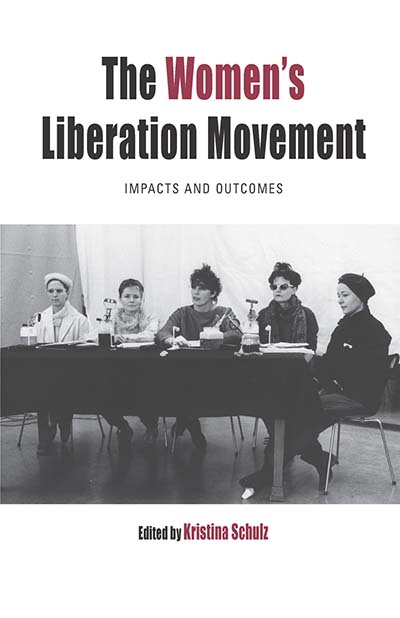 THE WOMEN’S LIBERATION MOVEMENT
THE WOMEN’S LIBERATION MOVEMENT
Impacts and Outcomes
Edited by Kristina Schulz
Volume 22,Protest, Culture & Society
For over half a century, the countless organizations and initiatives that comprise the Women’s Liberation movement have helped to reshape many aspects of Western societies, from public institutions and cultural production to body politics and subsequent activist movements. This collection represents the first systematic investigation of WLM’s cumulative impacts and achievements within the West. Here, specialists on movements in Europe systematically investigate outcomes in different countries in the light of a reflective social movement theory, comparing them both implicitly and explicitly to developments in other parts of the world.
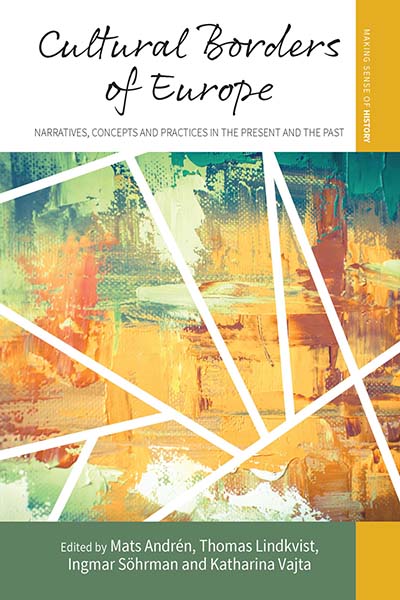 CULTURAL BORDERS OF EUROPE
CULTURAL BORDERS OF EUROPE
Narratives, Concepts and Practices in the Present and the Past
Edited by Mats Andrén, Thomas Lindkvist, Ingmar Söhrman and Katharina Vajta
Volume 30, Making Sense of History
The cultural borders of Europe are today more visible than ever, and with them comes a sense of uncertainty with respect to liberal democratic traditions: whether treated as abstractions or concrete realities, cultural divisions challenge concepts of legitimacy and political representation as well as the legal bases for citizenship. Thus, an understanding of such borders and their consequences is of utmost importance for promoting the evolution of democracy. Cultural Borders of Europe provides a wide-ranging exploration of these lines of demarcation in a variety of regions and historical eras, providing essential insights into the state of European intercultural relations today.
Read Introduction
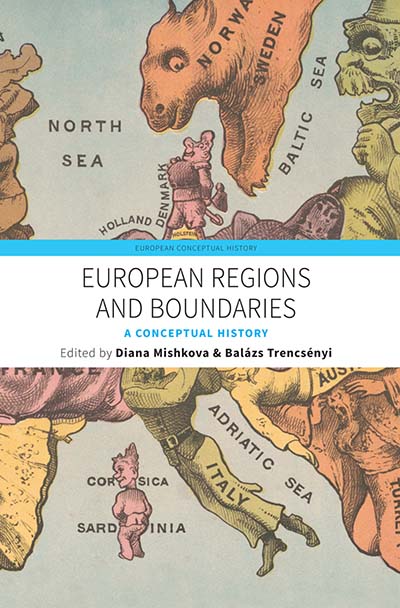 EUROPEAN REGIONS AND BOUNDARIES
EUROPEAN REGIONS AND BOUNDARIES
A Conceptual History
Edited by Diana Mishkova and Balázs Trencsényi
A volume in European Conceptual History Series
It is difficult to speak about Europe today without reference to its constitutive regions—supra-national geographical designations such as “Scandinavia,” “Eastern Europe,” and “the Balkans.” Such formulations are so ubiquitous that they are frequently treated as empirical realities rather than a series of shifting, overlapping, and historically constructed concepts. This volume is the first to provide a synthetic account of these concepts and the historical and intellectual contexts in which they emerged. Bringing together prominent international scholars from across multiple disciplines, it systematically and comprehensively explores how such “meso-regions” have been conceptualized throughout modern European history.
Read Introduction
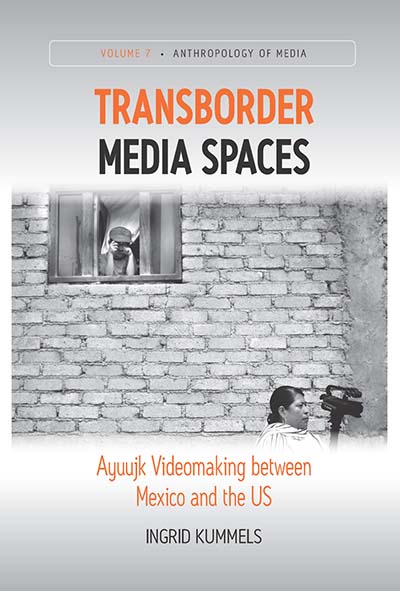 TRANSBORDER MEDIA SPACES
TRANSBORDER MEDIA SPACES
Ayuujk Videomaking between Mexico and the US
Ingrid Kummels
Volume 7, Anthropology of Media
Transborder Media Spaces offers a new perspective on how media forms like photography, video, radio, television, and the Internet have been appropriated by Mexican indigenous people in the light of transnational migration and ethnopolitical movements. In producing and consuming self-determined media genres, actors in Tamazulapam Mixe and its diaspora community in Los Angeles open up media spaces and seek to forge more equal relations both within Mexico and beyond its borders. It is within these spaces that Ayuujk people carve out their own, at times conflicting, visions of development, modernity, gender, and what it means to be indigenous in the twenty-first century.
New in Paperback
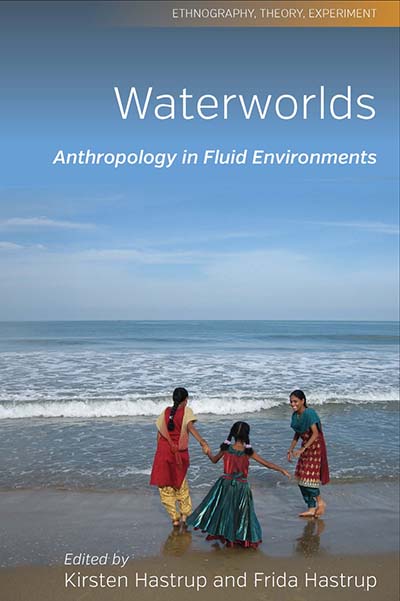 WATERWORLDS
WATERWORLDS
Anthropology in Fluid Environments
Edited by Kirsten Hastrup and Frida Hastrup
Volume 3, Ethnography, Theory, Experiment
“…anthropology is not a newcomer to the study of water as an object and agent of social organization and cultural imagining, and the current volume introduces the reader to a good deal of this literature. But it also makes an original contribution by assembling a quantity of ethnographic cases and applying the anthropological perspective to issues of knowledge, management, and morality. The collected ethnographies illustrate, to quote Lévi-Strauss, that water is not only good to drink but good to think.” · Anthropology Review Database
This volume discusses current ecological disturbances and engages in a world where unbounded relationalities and unsettled frames of orientation mark the lives of all, anthropologists included. Water emerges as a fluid object in more senses than one, challenging anthropologists to foreground the mutable character of their objects of study and to responsibly engage with the generative role of cultural analysis.
Read Introduction: Waterworlds at Large
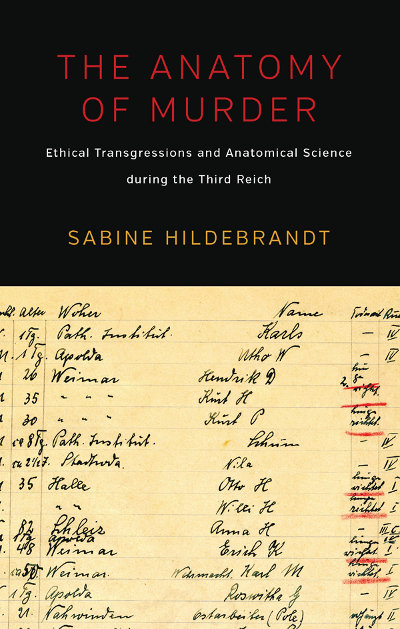 THE ANATOMY OF MURDER
THE ANATOMY OF MURDER
Ethical Transgressions and Anatomical Science during the Third Reich
Sabine Hildebrandt
Foreword by William E. Seidelman
“Based on her research in archives in Europe and North America, Hildebrandt offers a learned and well-rounded account of the manifold facets of the field, including a discussion of the ethical transgressions of coerced human-subject research, the killing of concentration camp prisoners and inmates of mental asylums, and the compilation, uses, and application of knowledge within the most inhumane contexts… an important and eye-opening book that will become standard literature for Holocaust studies programs, as well as for courses on medical ethics and the history of medicine and science during the twentieth century.” · Central European History
Read Introduction
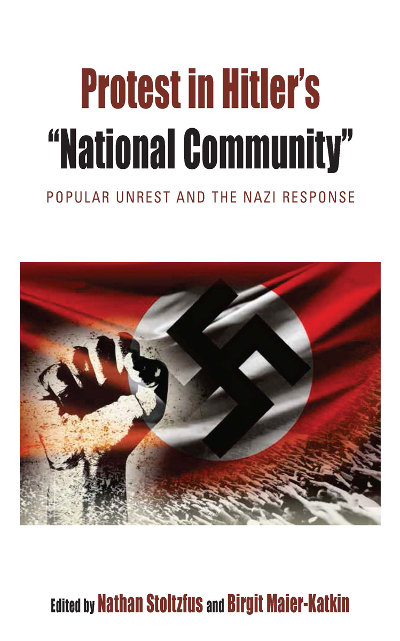 PROTEST IN HITLER’S “NATIONAL COMMUNITY”
PROTEST IN HITLER’S “NATIONAL COMMUNITY”
Popular Unrest and the Nazi Response
Edited by Nathan Stoltzfus and Birgit Maier-Katkin
Afterword by David Clay Large
Volume 14, Protest, Culture & Society
“This is a solid book and a welcome addition to the literature. It should find a place on the reading lists of any course dealing with dictatorships, totalitarianism, or twentieth-century German history.” · HISTORY: Reviews of New Books
That Hitler’s Gestapo harshly suppressed any signs of opposition inside the Third Reich is a common misconception. This book presents studies of public dissent that prove this was not always the case. It examines circumstances under which “racial” Germans were motivated to protest, as well as the conditions determining the regime’s response. Workers, women, and religious groups all convinced the Nazis to appease rather than repress “racial” Germans. Expressions of discontent actually increased during the war, and Hitler remained willing to compromise in governing the German Volk as long as he thought the Reich could salvage victory.
Read Introduction: Nazi Responses to Popular Protest in the Reich
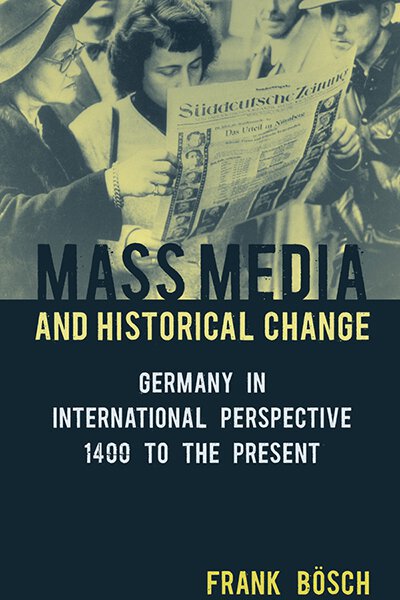 MASS MEDIA AND HISTORICAL CHANGE
MASS MEDIA AND HISTORICAL CHANGE
Germany in International Perspective, 1400 to the Present
Frank Bösch
Translated from the German by Freya Buechter
“…readers will appreciate Bosch’s insights in comparing Nazi and GDR media, and underscoring common government interventions that emerged across fascist and democratic regimes, as well as his attempts to be inclusive with regard to Asian, African, and Latin America media formations. While the Internet age appears only in an epilogue, readers will profit from Bösch’s framing and breadth, and from his comprehensive bibliography and reviews of German sources and issues.” · Choice
This book shows how the advent of new media has changed societies in modern history, focusing not on the specifics of technology but rather on their distribution, use, and impact. Using Germany as an example for international trends, it compares the advent of printing in Europe and East Asia, and the impact of the press on revolutions, nation building, and wars in North America and Europe.
Read Introduction: Approaches to Media History
